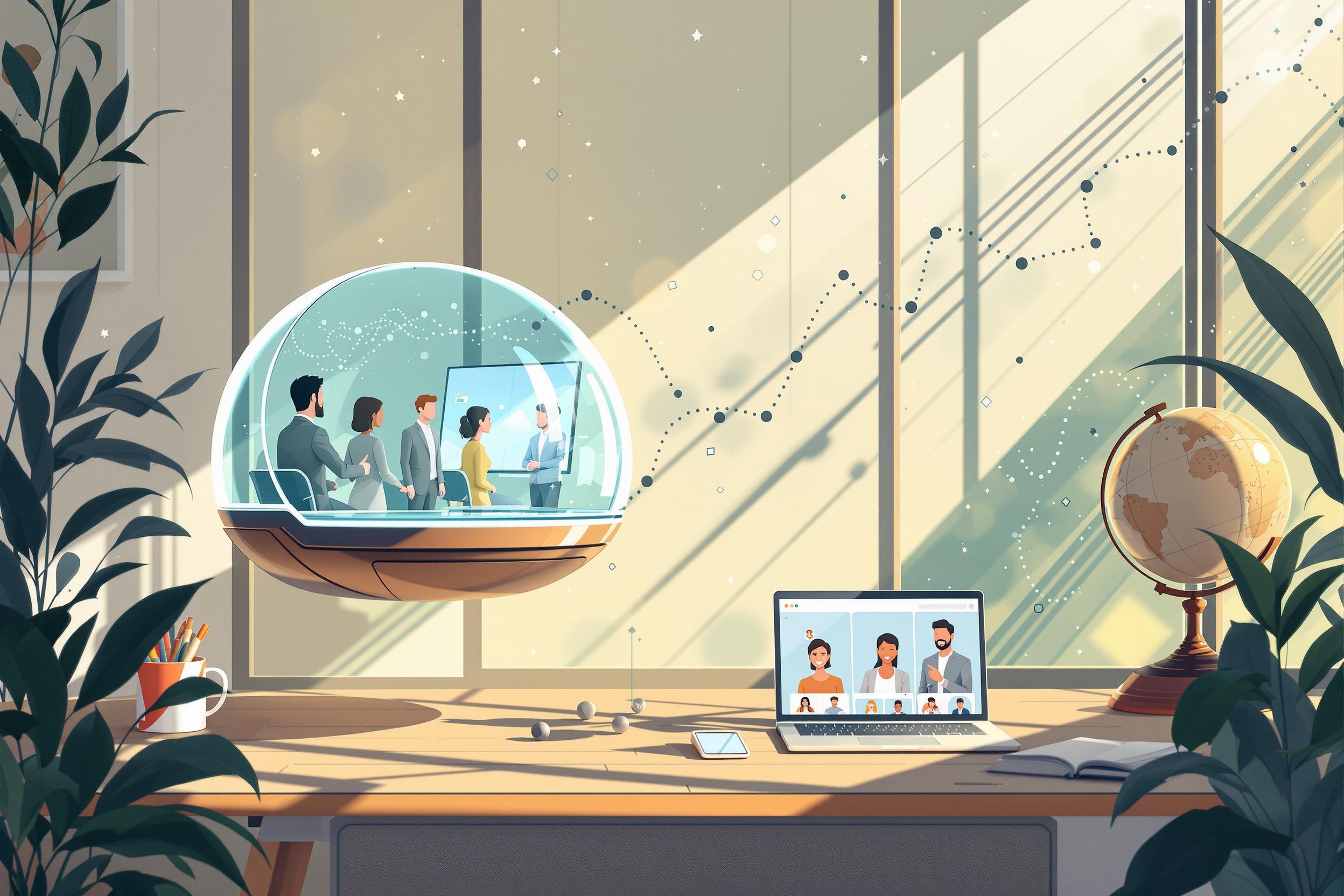
Zoom
Zoom is a camera technique used in animation and storyboarding that shows movement toward or away from a subject. When artists mention Zoom in their resumes, they're referring to their ability to plan and create these dynamic camera movements that help tell a story. This technique is essential in both traditional and digital animation, helping to create emphasis, drama, or reveal details in a scene. It's similar to when a real camera moves closer to or further from something, but in animation, artists need to carefully plan and draw these movements to make them look smooth and natural.
Examples in Resumes
Created dynamic Zoom sequences for key dramatic moments in animated short films
Planned and executed Zoom and Zoom-out transitions in storyboard sequences
Utilized Zoom techniques to enhance emotional impact in character-focused scenes
Typical job title: "Storyboard Artists"
Also try searching for:
Where to Find Storyboard Artists
Online Communities
Professional Networks
Job Boards
Example Interview Questions
Senior Level Questions
Q: How do you decide when to use a zoom versus other camera movements in storyboarding?
Expected Answer: A senior artist should explain how they consider story impact, pacing, and emotional resonance when choosing camera movements, providing examples from their experience and discussing how zooms can enhance narrative moments.
Q: Can you describe a challenging zoom sequence you planned and how you solved any technical or creative issues?
Expected Answer: They should be able to discuss complex zoom planning, including maintaining consistency across frames, managing perspective changes, and coordinating with other departments to achieve the desired effect.
Mid Level Questions
Q: What are the key elements to consider when planning a zoom sequence?
Expected Answer: Should discuss timing, frame composition, maintaining proper perspective, and how to ensure smooth movement between frames while keeping character and object proportions consistent.
Q: How do you communicate zoom timing to animators?
Expected Answer: Should explain their process for noting timing, speed changes, and technical requirements in their storyboards and how they collaborate with animation teams.
Junior Level Questions
Q: What's the difference between a zoom and a dolly movement?
Expected Answer: Should be able to explain that a zoom changes focal length while keeping the camera in place, while a dolly physically moves the camera position, and describe the different visual effects these create.
Q: How do you maintain consistent object sizes during a zoom sequence?
Expected Answer: Should demonstrate basic understanding of perspective and scale changes during zooms, and explain their process for keeping elements proportional across frames.
Experience Level Indicators
Junior (0-2 years)
- Basic understanding of camera movements
- Simple zoom sequence planning
- Basic perspective drawing
- Understanding of timing in animation
Mid (2-5 years)
- Complex camera movement planning
- Effective zoom timing for dramatic effect
- Strong perspective and composition skills
- Clear visual communication in boards
Senior (5+ years)
- Advanced camera movement direction
- Leadership in visual storytelling
- Complex sequence planning
- Mentoring junior artists
Red Flags to Watch For
- Unable to maintain consistent scale in zoom sequences
- Poor understanding of basic perspective principles
- Lack of story-driven camera movement choices
- No knowledge of industry-standard storyboarding practices
Related Terms
Need more hiring wisdom? Check these out...

From Boomers to Zoomers: Unlocking Organizational Wisdom through Cross-Generational Mentoring

Recruitment in the Fast Lane: How to Adapt Hiring Practices in the Blink of an Eye

Resume Optimizations that Candidates Do to Get Past AI Hiring Filters

